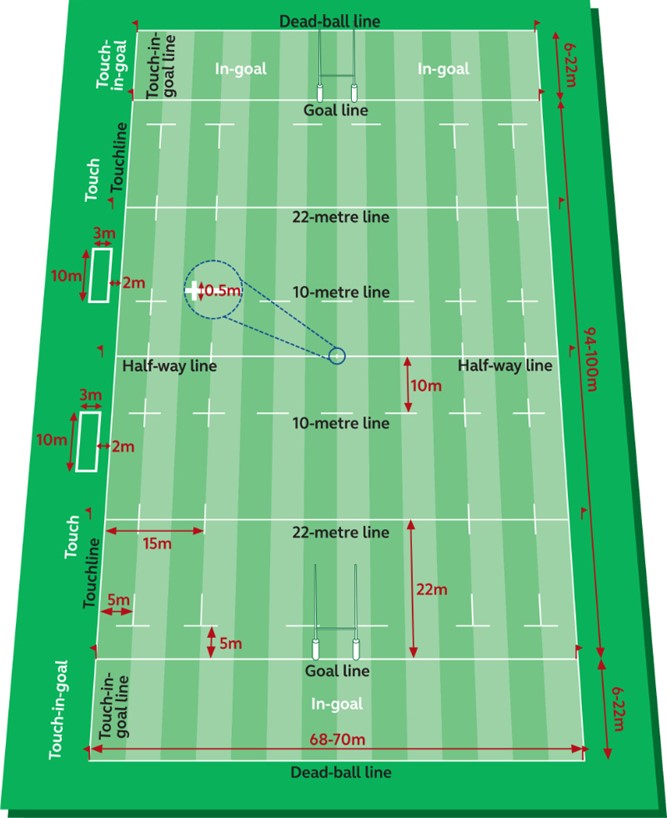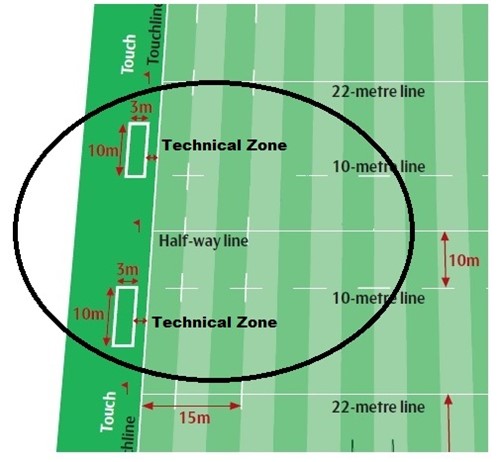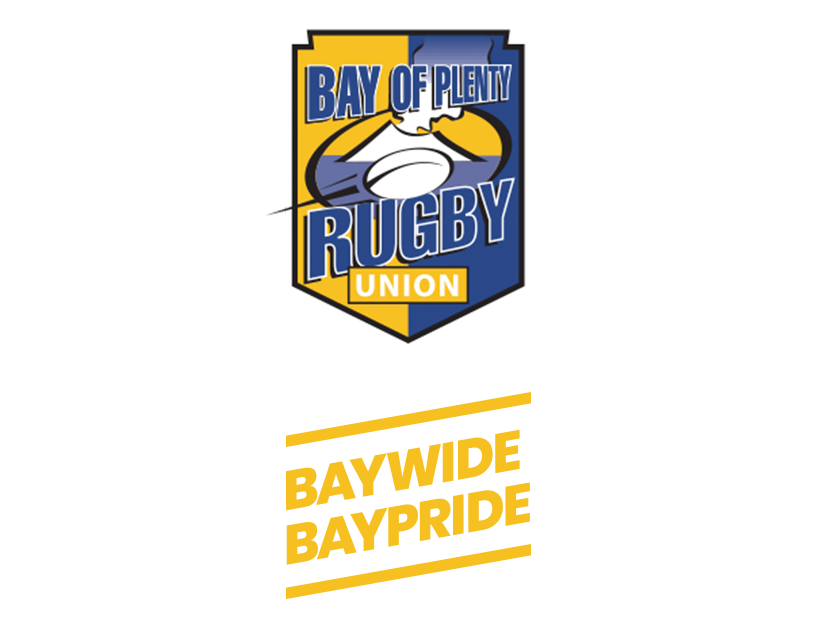5 GROUND AND HOSTING REQUIREMENTS
13. COMPETITION POINTS, COMPETITION TABLES & DETERMINING WINNERS IN PLAYOFF AND FINALS MATCHES
15. COMPETITION RULES BREACH PROCESS
16. MISCELLANEOUS COMPETITION RULES
16.1 REFEREE MATCH REPORTS
16.2 REFEREE INSPECTION
16.3 ALCOHOL & DRUG ABUSE
16.4 MATCH BALLS
16.5 CLASH OF JERSEY COLOUR
16.6 BLUE CARD CONCUSSION
16.7 NIGHT GAMES
16.8 LIGHTNING SAFETY
16.9 ABSENCE OF REFEREE
16.10 HAKA PROTOCOL
5 GROUND AND HOSTING REQUIREMENTS
5.1 EVENT MANAGER
5.1.1: All clubs and schools are responsible for appointing an Event Manager(s) for all rugby matches. Event Managers are usually the Club Captain or a committee person that holds respect and/or Mana within the club or school environment that enables them to ensure:
5.1.1.1: Visiting teams and match officials are met.
5.1.1.2: The event manager is clearly identified by wearing a High Visibility Jacket or something that clearly identifies them as such.
5.1.1.3: Team and referee changing rooms are open and secure. (If applicable)
5.1.1.4: The technical zones and ground set up is as per the Bay of Plenty Rugby competition rules.
5.1.1.5: Policing of all people to ensure they remain behind the crowd control ropes and teams are in allocated technical zones.
5.1.1.6: Any side line abuse or unruly behaviour of referees and/or players is immediately addressed and offenders appropriately dealt with.
5.1.1.7: No alcohol is being consumed within the playing enclosure.
5.1.1.8: There is a visiting crowd control official appointed to each game who will control the visiting team’s supporter’s behaviour.
5.2 FIELD SET UP
5.2.1: The set-up of a full sized rugby field can be found in the “Laws Of The Game Of Rugby Law 1=The ground.”
5.2.2: Crowd control barriers or ropes are to be erected on both sides of the field and must be at least 5 metres or as far as practicable from the touch lines. The area inside these crowd control barriers/ropes form part of the playing enclosure and forms part of the area under the jurisdiction of the referee. It is a SERIOUS BREACH OF THE COMPETITION RULES if any supporter or spectator enters into any part of the playing enclosure while a match is occurring.
5.2.3: The area beyond the crowd control barriers falls under the jurisdiction of the Event Manager and these competition rules.
5.2.4: Only registered players, registered coaches, registered referees and registered volunteers (managers, medical staff etc) are permitted inside the playing enclosure.

5.3 TECHNICAL ZONES
5.3.1: For all club and school rugby games played on a full sized field, technical zones are to be prominently marked with either control barriers, ropes, painted lines or cones. These technical zones are to consist of 2 x 10 m x 3 m rectangular boxes located on ONE side of the field, one for each team. They are to be situated at least 3 metres and no more than 7 metres back from the touch line with one of its edges in line with the 10 metre line and the other near the half way line.
5.3.2: Where clubs have games operating on two fields simultaneously side by side and where the space between the fields prevent 10 metres of clear distance between the touch lines and the control barriers, the two technical zones are to be erected on the outside edges of the fields and the area between the two fields is to be roped off to ensure NO PERSONS can access this area to watch the games.
5.3.3: Only team reserves, coaches, managers and water carriers are permitted in the confines of the technical zone during the match. All other personnel are to remain outside the playing enclosure.
5.3.4: Medical personnel and water carriers must be clearly identified and are the only personnel permitted to enter onto the field of play during stoppages (tries, injuries, other stoppages).
5.3.5: The referee is the sole judge of who can and who cannot enter onto the field of play during a match and when they can do that. No bibs, no entry to field of play allowed by referee.
5.3.6: Only clearly identifiable medical personnel are permitted to be outside the technical zone and inside the playing enclosure while the game is being played. They can be on either side of the field and roam the touch line, but must not interfere with the game in any way, including communicating in any way with a referee except for the purposes of entering onto the field to attend to an injured person or seek the referee’s assistance to stop the game.
5.3.7: All other team reserves, coaches, managers and water carriers must remain in the technical zone AT ALL times while the game is being played, and only water carriers are permitted on the field of play during stoppages.
5.3.8: An assistant coach can be a water carrier. A head coach cannot, except for a 7 and 10-a-side team that only has one coach.
5.3.9: Any Media personnel (club or otherwise) wearing suitably identifiable reflectorised bibs are permitted inside the playing enclosure but outside the playing area and technical zones with their camera or video equipment for the purposes of performing their media duties, so long as they do not interfere with or get in the way of any player or match official performing their duties.
5.3.10: Law 6.5 of the Laws of the Game of Rugby state that within the playing enclosure the referee is the sole judge of fact and of law during a match. Because the technical zones are part of the playing enclosure, all personnel contained within these areas are under the control of the referee and therefore subject to the same laws and disciplinary rules .

BAY OF PLENTY RUGBY UNION
HIGH PERFORMANCE CENTRE
52 MIRO STREET
MOUNT MAUNGANUI
EMAIL OFFICE@BOPRUGBY.CO.NZ
SIGN UP TO THE BAY OF PLENTY RUGBY
E-NEWSLETTER

 Admin Login
Admin Login